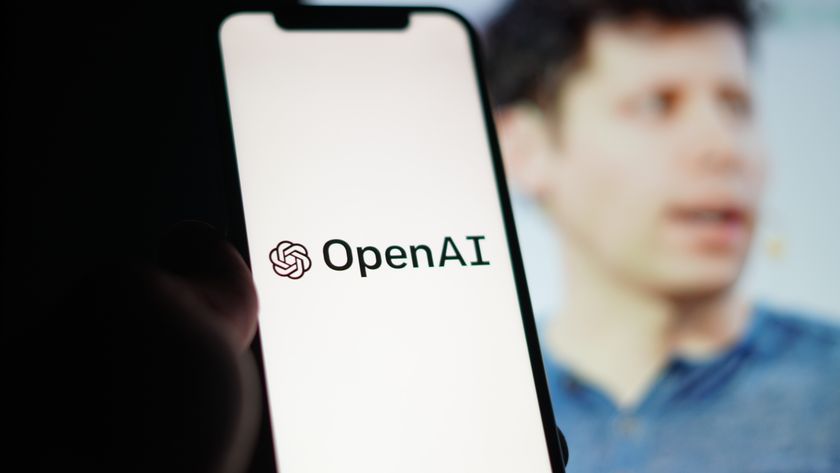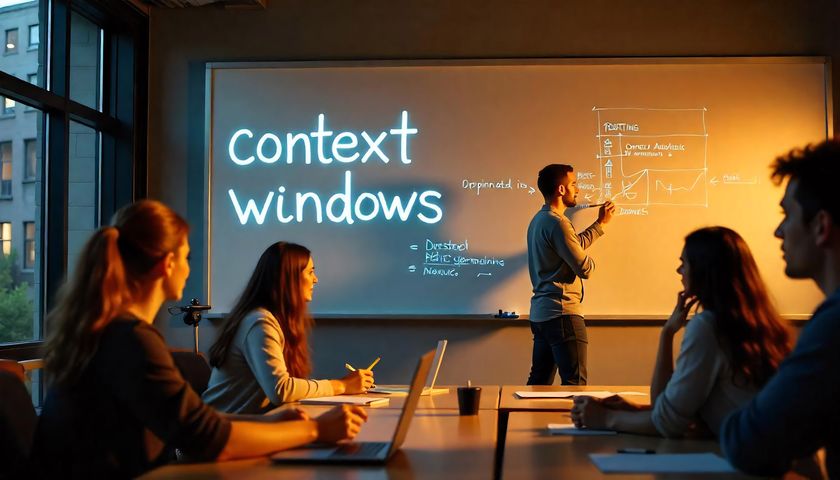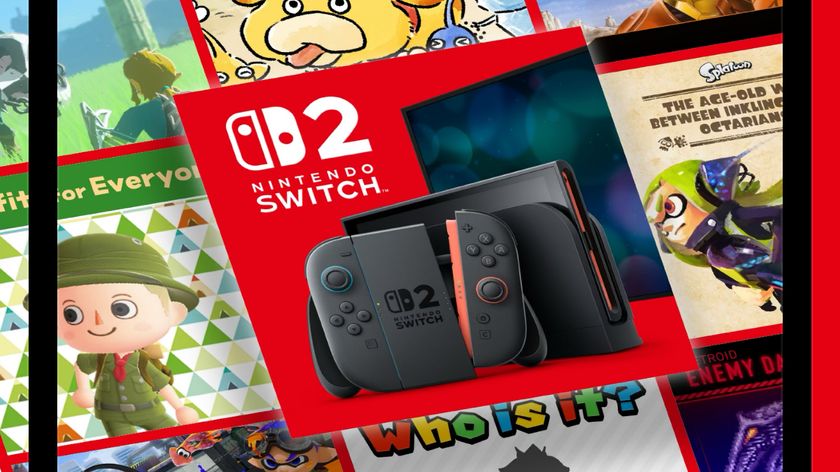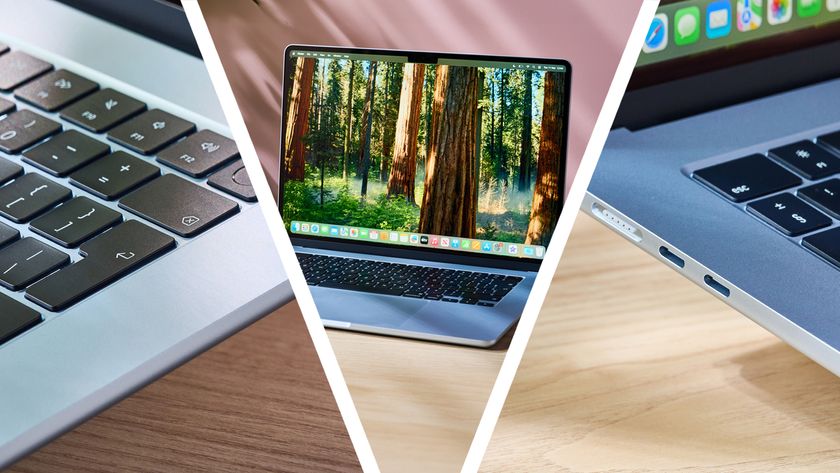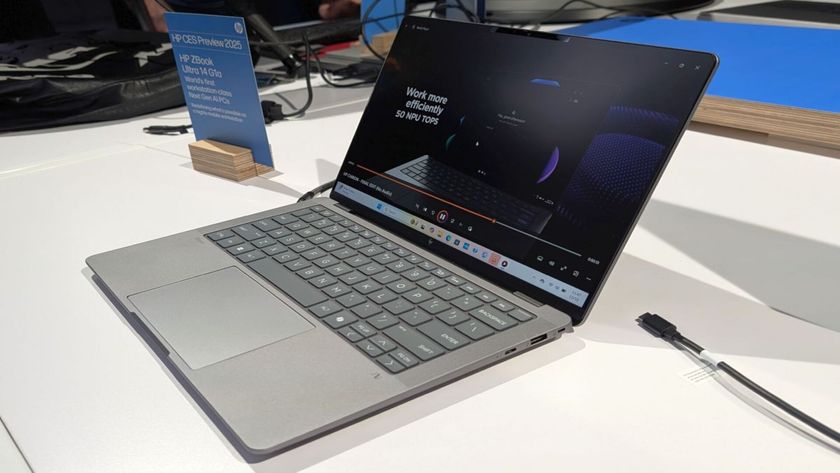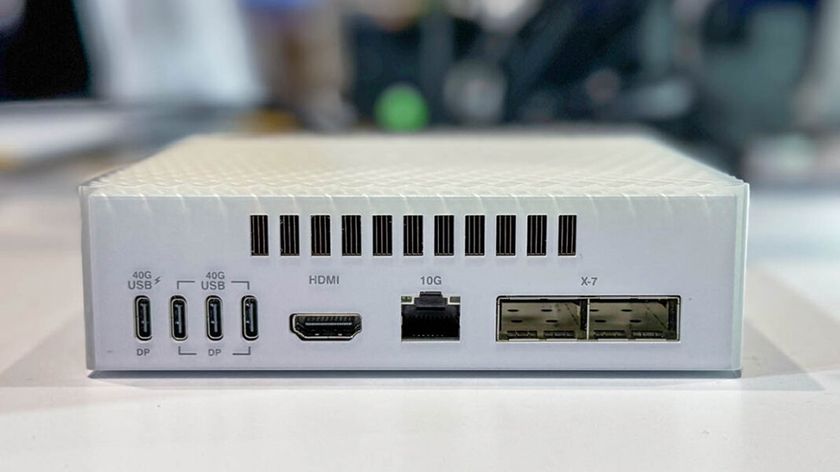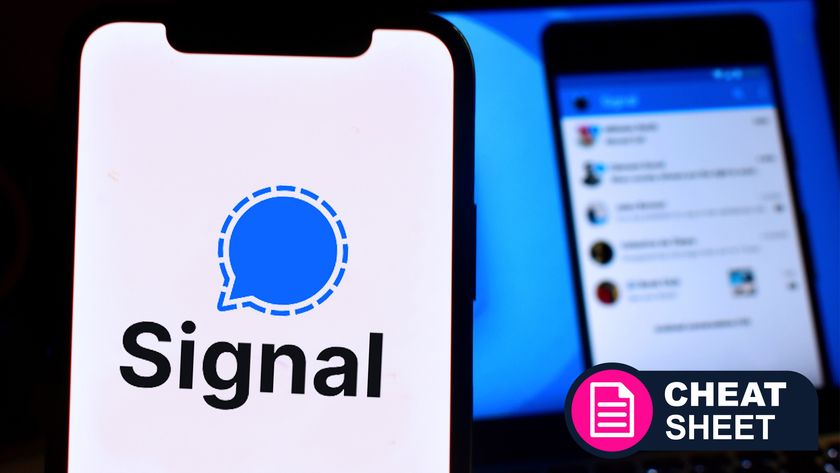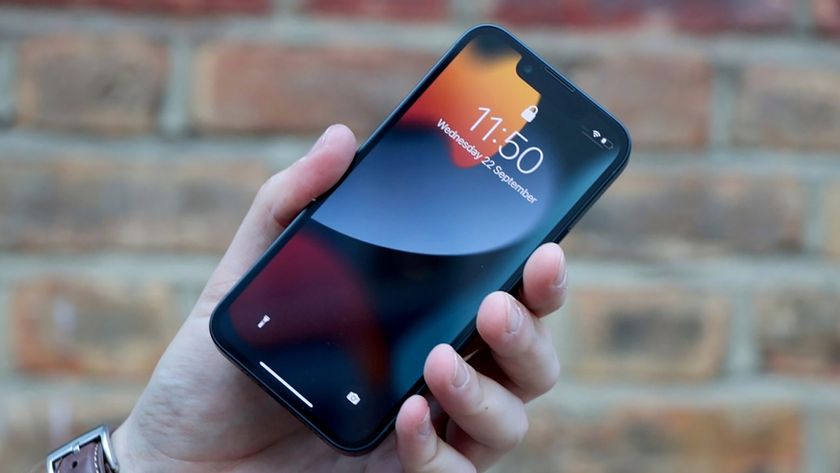Windows 8 one year on: where did it go wrong?
What Microsoft should do to salvage its touchscreen dream
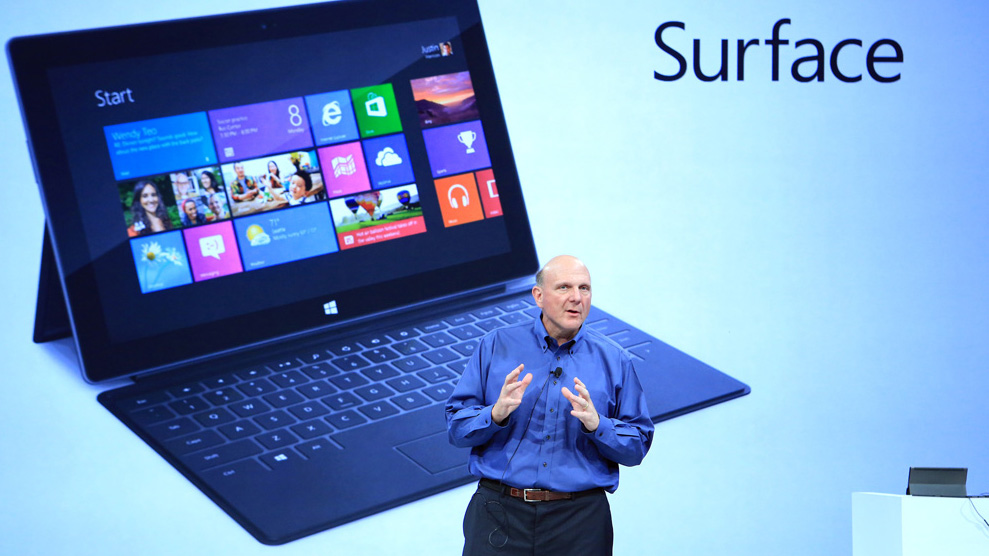
A year ago this week, Microsoft released its first Windows OS of the tablet age. Against the backdrop of frenetic tablet sales and Android ubiquity, it seemed incredible that Microsoft was only just making its first proper journey into touchscreen tablet and PC devices.
As the launch crept up, Microsoft seemed confident. Internally, the firm was still smarting from the debacle of Vista's launch in 2007 - accordingly Windows 8's launch was low-key, but expectant.
Microsoft had a product that was different: built for today's touchscreen world, it promised that Windows 8 would spawn a world of new devices beyond our imagination. With Windows 8 the days of carrying two devices - a laptop for work and a tablet for play - were meant to be over. But things didn't quite pan out that way.
The subsequent 12 months has seen Microsoft savaged by its partners, unfairly blamed for the death of the PC industry and forced to write down $1bn against its failed Windows RT tablet.
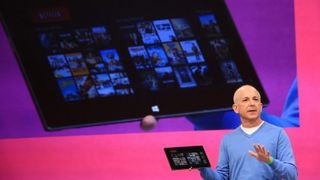
Add the exit of two of its most senior figures, in Steven Sinofsky and the soon-to-retire Steve Ballmer, and it appears virtually no one has been untouched by the Windows 8 debacle.
Where has it all gone wrong?
You don't have to be an industry expert to see the problems with Windows 8, but there are some examples that should be highlighted as particular mistakes.
The first is apps. Microsoft spent nearly $1bn on marketing Windows 8, yet couldn't find the apps to flesh out its fledgling store. The selection remains appalling to this day.
Are you a pro? Subscribe to our newsletter
Sign up to the TechRadar Pro newsletter to get all the top news, opinion, features and guidance your business needs to succeed!
The second was the bullish nature with which Microsoft approached the existing market. By forcing users to boot to the Start screen, it glossed over the fact that 90% of machines sold are still not touch-enabled. The mouse gestures required to operate Windows 8 are far from intuitive and the system is confusing for new users.
Confusion has been a popular theme with Windows 8, and nothing highlighted the issue like Surface RT - the company's first home-built tablet. Redmond took a risk launching against its partners, and has paid the price. The device has been roundly slammed, and it's cost the company $900m to slash the sorry slate's price.
The sad thing about the Surface RT saga is that it's not really a bad device - it's just been appallingly supported and marketed. Surface RT has become great value for money (after its price drop), it comes with a full version of Office 2013 and the battery life is staggering.
If Redmond had packed its app store with decent titles, Surface RT would have gone from pointless brick to a supercharged iPad rival.
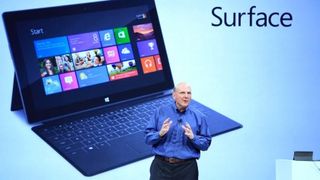
As it was, the benefits Windows RT were also appallingly communicated, the whole positioning was wrong. Blending RT tabs and full-fat Intel slates was baffling for consumers. The result: the industry turned on Windows RT.
It hasn't just been the blend of Windows RT and Windows 8 that's been baffling. The new devices that Microsoft vowed would be spawned from Windows 8 haven't caught the public's imagination either.
The hybrid PC has now become the champion of Microsoft's partners, and examples come in all shapes and sizes. From the tiny Sony VAIO Duo 11 to the colossal Acer Aspire R7, manufacturers have attempted to reimagine the humble PC… and failed.
In fact, touchscreen laptops still account for just 10% of total sales, and most hybrids TechRadar has reviewed have sacrificed usability to an extent they could never replace traditional form factors.
There's no doubt that 2013 has been a bleak year for Windows 8. But there is reason for optimism. If it wants to turn Windows around, Microsoft needs to work fast, starting with innovation.
Innovate faster
Windows 8 showed how stagnant the development cycle at Microsoft had become, highlighted by the fact that Redmond only managed to release one version of Windows in the time it took Apple to release three iPads.

